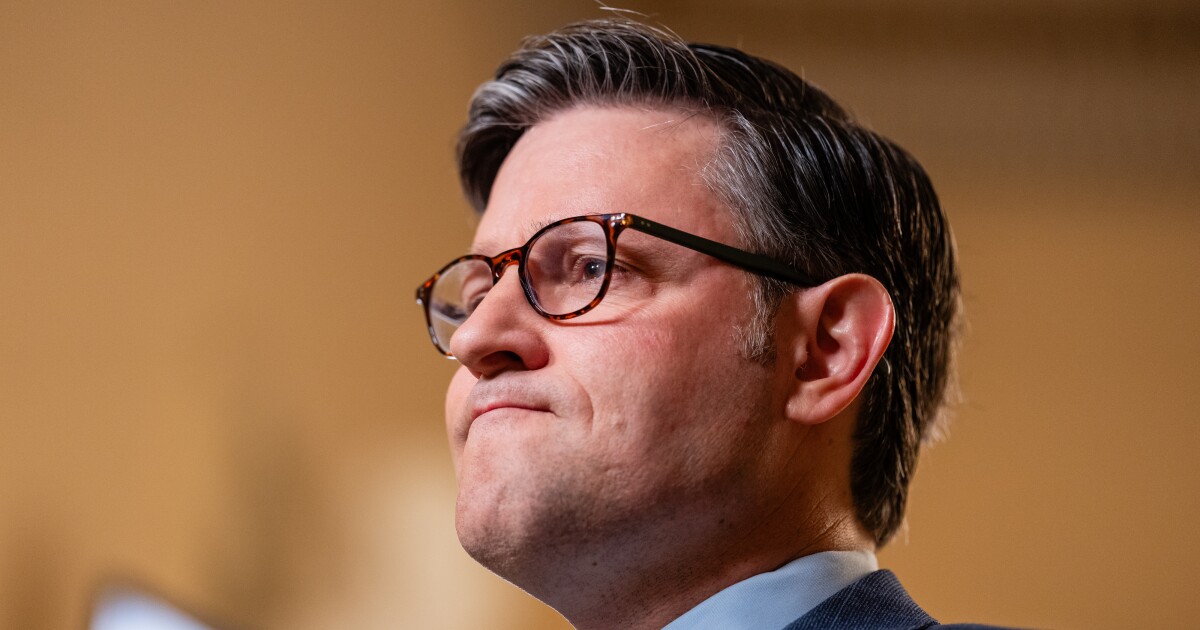Ernst & Young is leveraging its $1 billion investment in talent and technology to expand the use of artificial intelligence and machine learning over the next four years.
EY began using older technology over a decade ago for online detection analytics, but new forms of AI are enabling it to spot unusual outliers in audit data. “We started with Excel and went into business intelligence solutions, but we were dependent on our auditors basically spotting the outliers based on tables and charts,” said Marc Jeschonneck, EY’s global assurance digital leader. “The next frontier that we are now embarking on is really to use AI to detect anomalies.”
EY has been using a general ledger anomaly detector and is now embedding AI capabilities in its GL analyzer. “The one that is most used around the audit, with more than 800 billion line items of general ledger data analyzed per year, is actually the general ledger analyzer that we use in most of our audits,” said Jeschonneck. “In that tool, we’re now embedding online detection with time series regression to really go to the next step.”
Online detection analytics is just one of the ways the Big Four firm is employing AI technology. It’s also using AI for workflow recommendations. “All the firms have their own platforms, and so do we with EY Canvas, with more than 500,000 users in total clients as well as EY professionals,” said Jeschonneck. “We really embed with Canvas AI a recommendation engine into this platform.” It can help when identifying risks, harvesting news alerts and looking into ratios and KPIs of various sectors.
AI in the EY Canvas recommendation engine shows auditors which risks other audit teams have seen with clients in similar sectors with similar profiles. “It really focuses their attention on what we think matters most,” said Jeschonneck. “Instead of starting from scratch based on the broader knowledge of the team just by themselves, it’s really harvesting from all of the other engagements here to spot those risks that matter most to the engagement.”
Another area where AI and machine learning are leveraged is document intelligence. AI is still limited in its mathematical ability, however, so the technology is mostly using older forms of machine learning for right now. “There is research in our pipeline to move the document intelligence to the next level, even using generative AI capabilities,” said Jeschonneck. “But to be fair, currently we don’t do that.”
Instead EY is using machine learning to craft models to identify any deviations from expectations in tables and disclosure notes. “The first thing that we are planning to use generative AI is when we help our people to improve their experience in summarizing comprehensive documents about accounting and auditing and to improve search results,” said Jeschonneck. “We are very much conscious that the quality of the respective results is highly
dependent on the quality of the underlying data.”
Search and summarization capabilities will bring knowledge from the broader accounting and auditing teams to EY’s people in a more digestible format.
EY is careful to balance the risk that comes with applying new technology compared to using more mature tools.
“Exploring the benefits of the new technology, and making sure that you know about the respective risks, the guardrails that need to be put in place here, is essential for us, and you can expect that regulators and stakeholders around the world carefully observe how auditors explore these new technologies,” said Jeschonneck.
Firms have to be careful about potentially exposing the data received from clients. “That’s one key consideration when using AI, that we not expose anything beyond the respective data privacy agreements with our clients,” said Jeschonneck.
The firm is careful when certifying solutions and working with regulators, making sure it does robust testing and has the documentation at hand, especially with new technology like generative AI.
“We always distinguish between what our teams use to really generate audit evidence and what they use as technology to support the broader process,” said Jeschonneck.
Auditors still have to do many routine administrative tasks, he noted, and they are able to use AI technology like Microsoft Copilot to boost their productivity.
EY works closely with Microsoft, using technology such as Power BI for business intelligence, as well as Microsoft Azure.
The firm can also use AI technology to uncover fraudulent documents. “When we see falsified documents that were manipulated by people, AI is tremendously helpful for us,” said Jeschonneck. “As it gets easier for generative AI technology to potentially manipulate documents, the response here must be more comprehensive than just how these documents were altered.”
Machine learning and AI tools can help spot such anomalies in some cases more easily than a human being. “Even if you go for a monthly or daily time series, and you’ll have people spotting anomalies by comparing it to their expectation in simple line charts, we’re still dependent on things like the resolution of the screen, or people spotting the outlier by manually going and drilling down into tables,” said Jeschonneck. “But when the algorithms help you to detect those, at least your attention is focused on these first. Then we rely on the talent of our professionals here to really deep dive into those and further investigate.”
EY firms across the globe are leveraging such technology. “Many of the innovations that we have are actually harvested from our member firms from around the world,” said Jeschonneck. “Yes, we have a central team developing it, but we always rely on innovation coming also from the ground, from the people that work directly with our clients.”
The general ledger analyzer, for example, came from the U.S. firm, while time series regression analysis comes from a collaboration of people in Europe and the U.S. The general ledger anomaly detector started in Japan.
EY also provides training in AI to its people. “What we have here is the technology enabling our people, in the hands of professionals who are skilled and have access to the right training making the best use of the technology that we have,” said Jeschonneck. “Technology really gives new opportunities to the people.”


 Blog Post7 days ago
Blog Post7 days ago
 Economics1 week ago
Economics1 week ago
 Finance1 week ago
Finance1 week ago
 Economics1 week ago
Economics1 week ago
 Economics1 week ago
Economics1 week ago
 Personal Finance1 week ago
Personal Finance1 week ago
 Economics1 week ago
Economics1 week ago
 Accounting1 week ago
Accounting1 week ago













